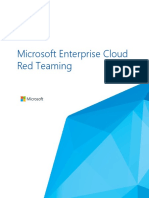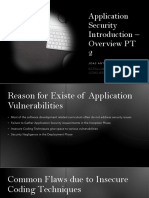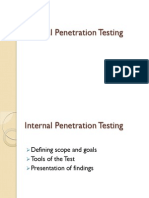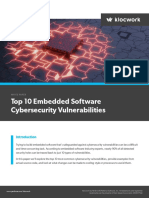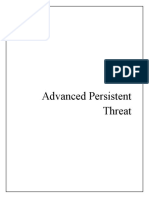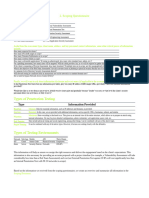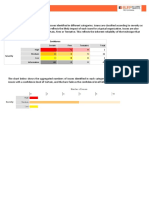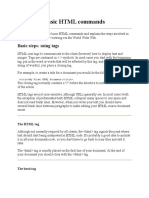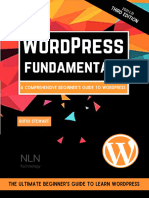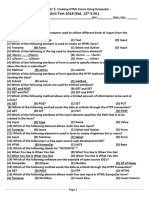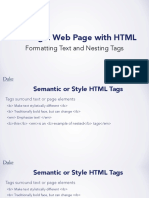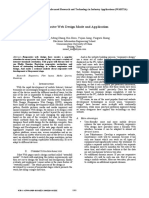0% found this document useful (0 votes)
240 views22 pagesVulnerability in Image Type
The document discusses various vulnerabilities that can occur when importing or exporting files between different formats. It describes how formulas or malicious code could be injected into spreadsheets, documents, presentations, and other file types if they accept untrusted external input. Mitigations include sanitizing input, removing formula characters from exported cells, and disabling features like OLE objects that could enable remote code execution or file access.
Uploaded by
babak66Copyright
© © All Rights Reserved
We take content rights seriously. If you suspect this is your content, claim it here.
Available Formats
Download as PDF, TXT or read online on Scribd
0% found this document useful (0 votes)
240 views22 pagesVulnerability in Image Type
The document discusses various vulnerabilities that can occur when importing or exporting files between different formats. It describes how formulas or malicious code could be injected into spreadsheets, documents, presentations, and other file types if they accept untrusted external input. Mitigations include sanitizing input, removing formula characters from exported cells, and disabling features like OLE objects that could enable remote code execution or file access.
Uploaded by
babak66Copyright
© © All Rights Reserved
We take content rights seriously. If you suspect this is your content, claim it here.
Available Formats
Download as PDF, TXT or read online on Scribd
/ 22












